Compared: 2022 Toyota RAV4 vs. 2022 Toyota Highlander
Boasting Toyota reliability, reasonable pricing, and lots of trim levels, these two crossovers are top of list for many shoppers.
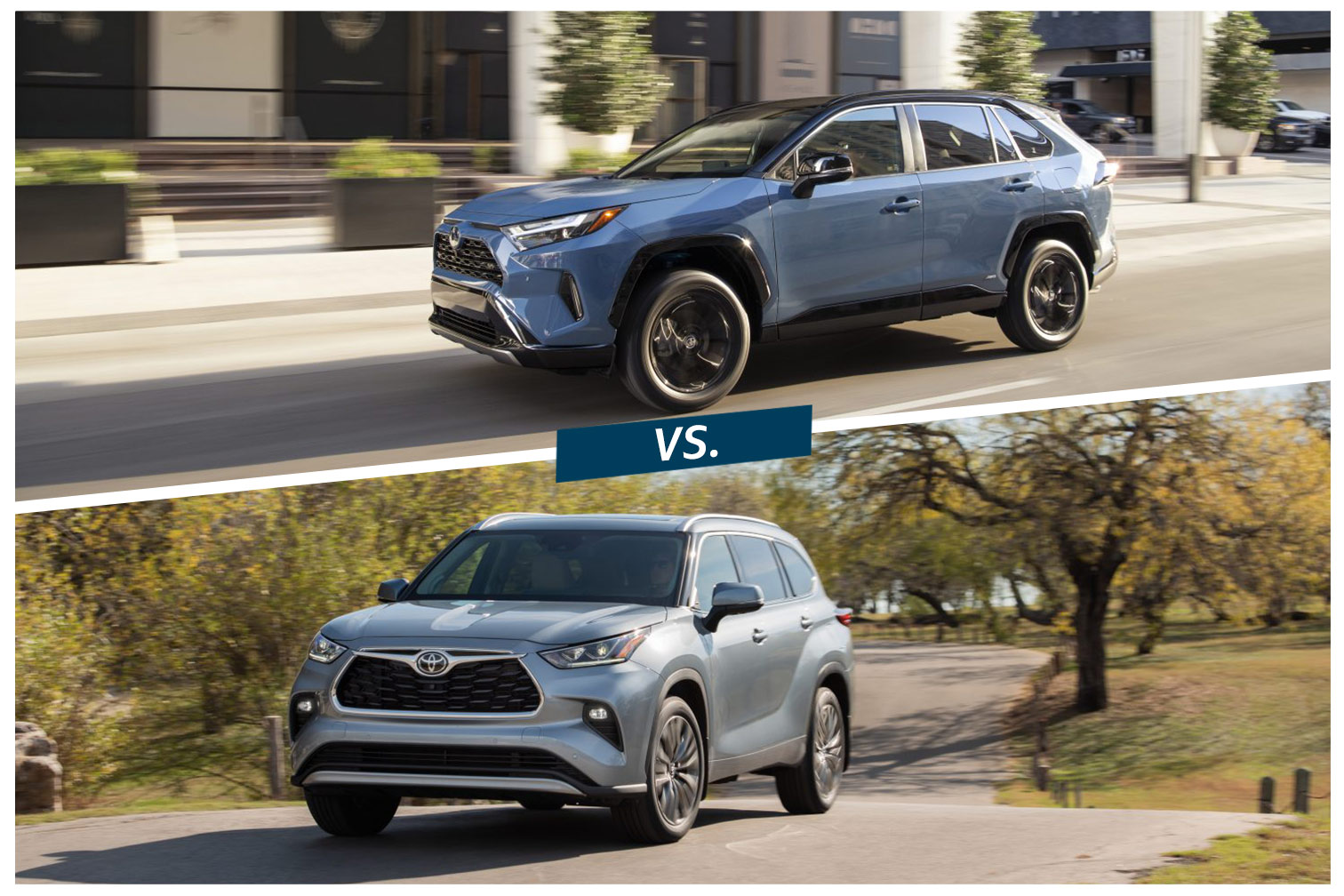 Toyota
Toyota
Article QuickTakes:
There’s a reason you see so many Toyota RAV4s and Highlanders on the road. They may not be the most exciting SUVs on the planet, but their earned reputation for quality, reliability, and durability contributes to their ubiquity. They share a platform and some components, but the RAV4 compact crossover offers enough options to overwhelm indecisive shoppers, whereas the midsize Highlander occupies a narrower niche that leans toward luxury. Which one suits you will likely come down to price, size, and fuel economy, all of which we detail below.
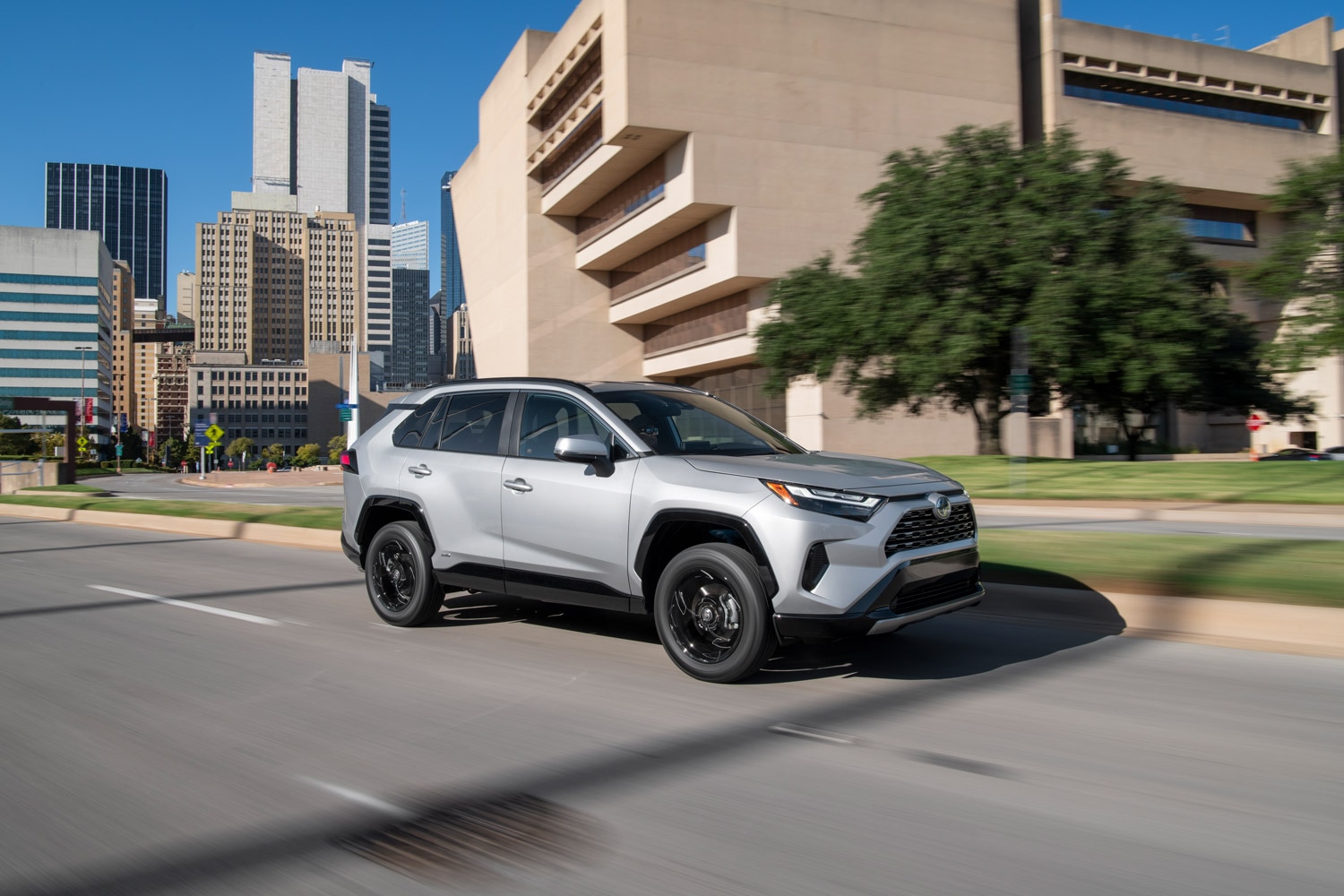 Toyota | RAV4
Toyota | RAV4
Toyota RAV4 vs. Toyota Highlander: Price
There are quite a few ways to spec a RAV4, with three powertrains, a plethora of trims (including the trail-oriented Adventure and TRD Off-Road), and the choice between front- and all-wheel drive on most of them. The entry point is the LE model, which starts around $28,500 and features a 203-hp four-cylinder. The lowliest RAV4 Hybrid starts around $31,000 and makes 219 ponies, while the 302-hp plug-in Prime starts just under $42,000.
 Toyota | Highlander
Toyota | Highlander
The larger Highlander comes in fewer flavors; there’s no plug-in hybrid or adventure-minded trims on offer. The base powertrain is a 295-hp V6, and the upgrade choice is a 243-hp, four-cylinder-based hybrid. Pricing starts at just under $38,000 for the former and about $41,000 for the latter. Toyota offers all-wheel drive on every trim, some of which have seven seats and some of which have eight.
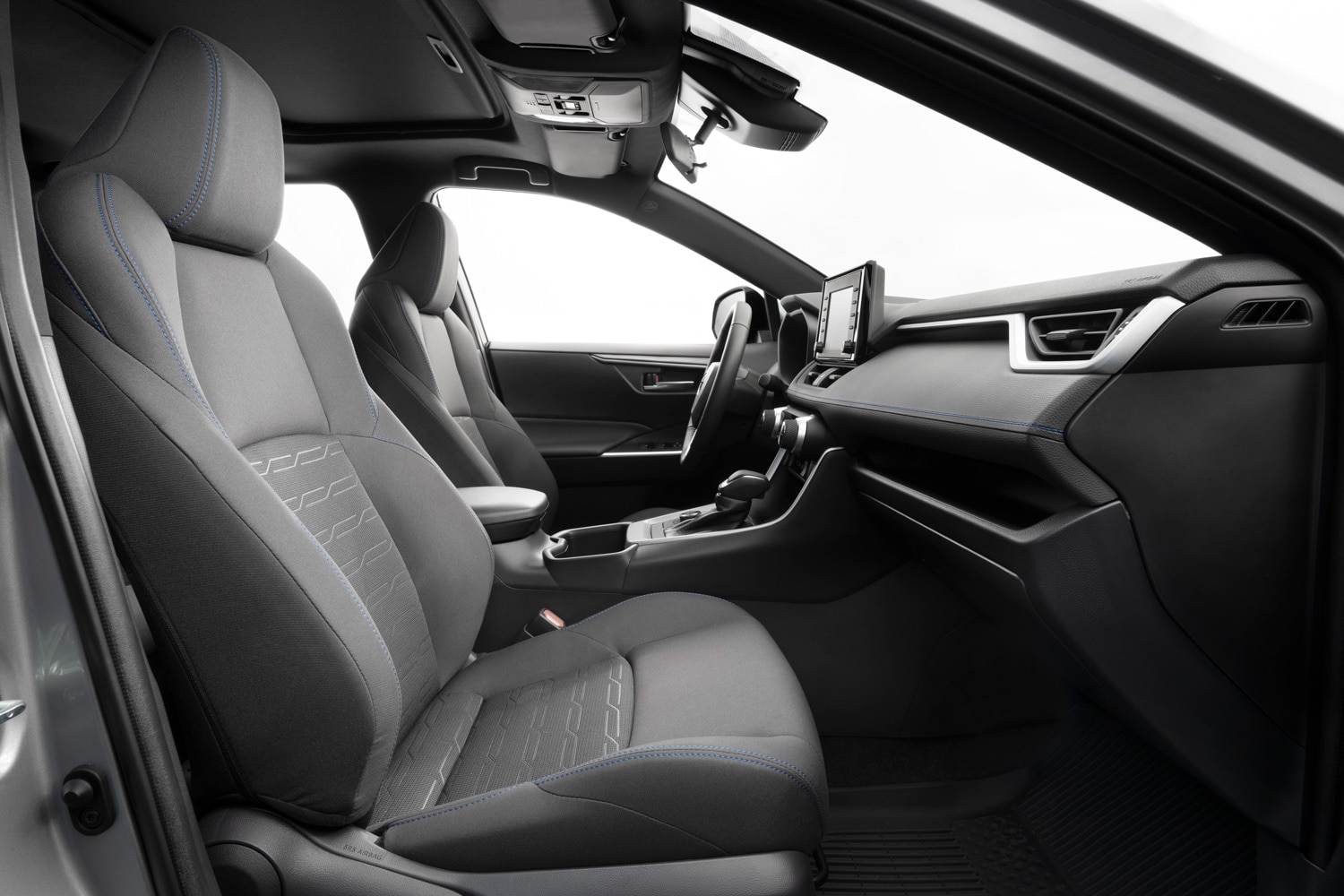 Toyota | RAV4
Toyota | RAV4
Toyota RAV4 vs. Toyota Highlander: Interior
The Highlander comes out on top in terms of base-model amenities, with an 8-inch touchscreen infotainment system, three-zone automatic climate control, an eight-way, power-adjustable driver’s seat, 14 cup/bottle holders, one USB-A and four USB-C ports, and two 12-volt outlets. The entry RAV4 makes do with a 7-inch screen and a driver’s seat with six-way adjustability. There are fewer cup holders and USB ports throughout the cabin, and Toyota doesn’t offer multi zone climate control until higher up in the lineup.
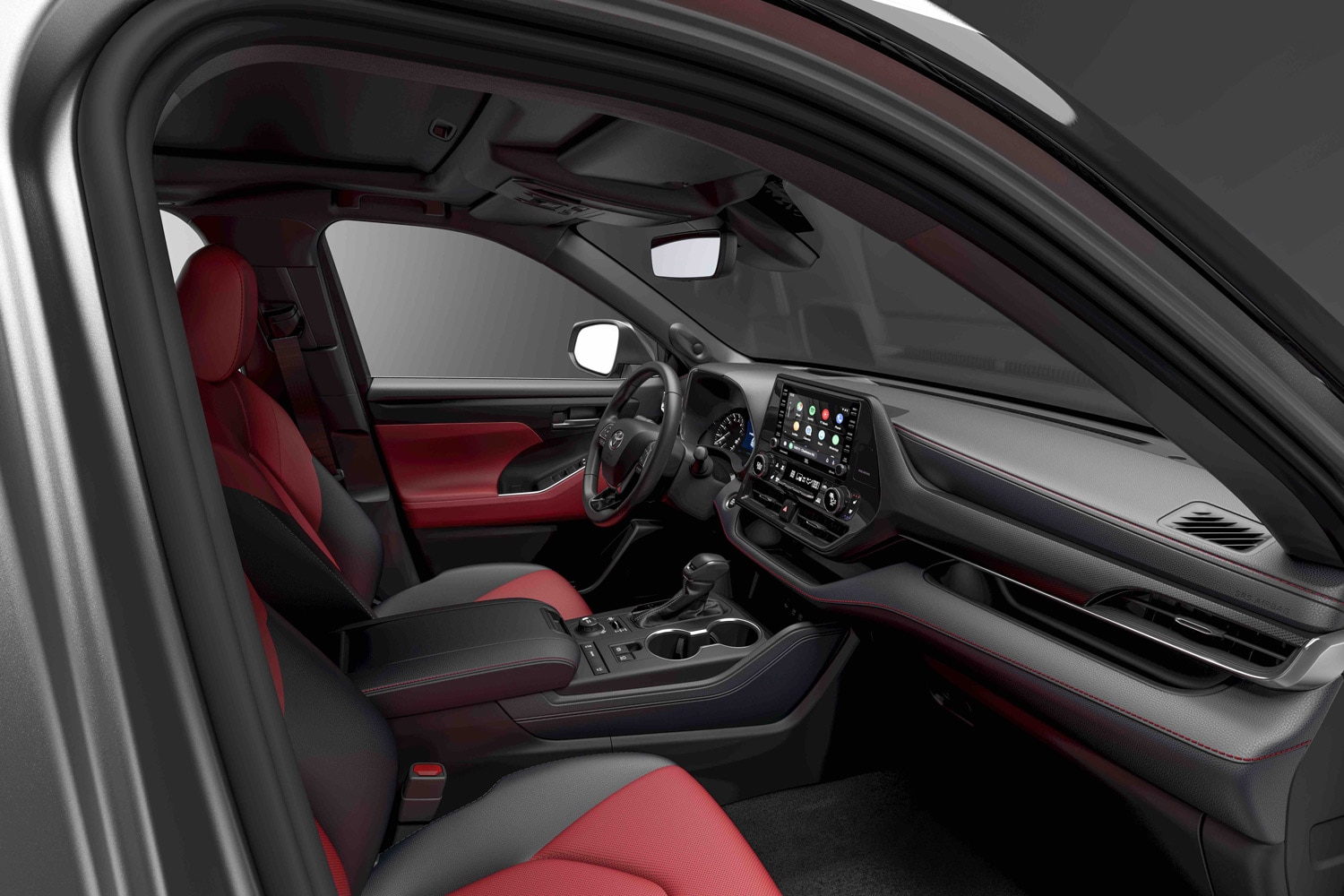 Toyota | Highlander
Toyota | Highlander
In terms of passenger space, the mid-sizer handily beats the compact crossover, offering 141 cubic feet to the RAV4’s 99. Even if you fold the third row, the Highlander still outshines its sibling in cabin room, and the cargo area expands from 16 cu.-ft. to 48, eclipsing the size of the RAV4’s hold by 10 cubes.
 Toyota | RAV4
Toyota | RAV4
Toyota RAV4 vs. Toyota Highlander: Fuel Economy
Seeing 30 mpg combined, the front-drive, gas-only RAV4 delivers solid fuel efficiency for the segment. The traditional hybrid, which comes standard with all-wheel drive, returns 40 mpg. The Prime model leverages its plug-in powertrain to reach 94 MPGe and an all-electric range of 42 miles. With a depleted battery the small crossover operates like a hybrid RAV4 without a plug, albeit with some extra mass, and manages a combined 38 mpg.
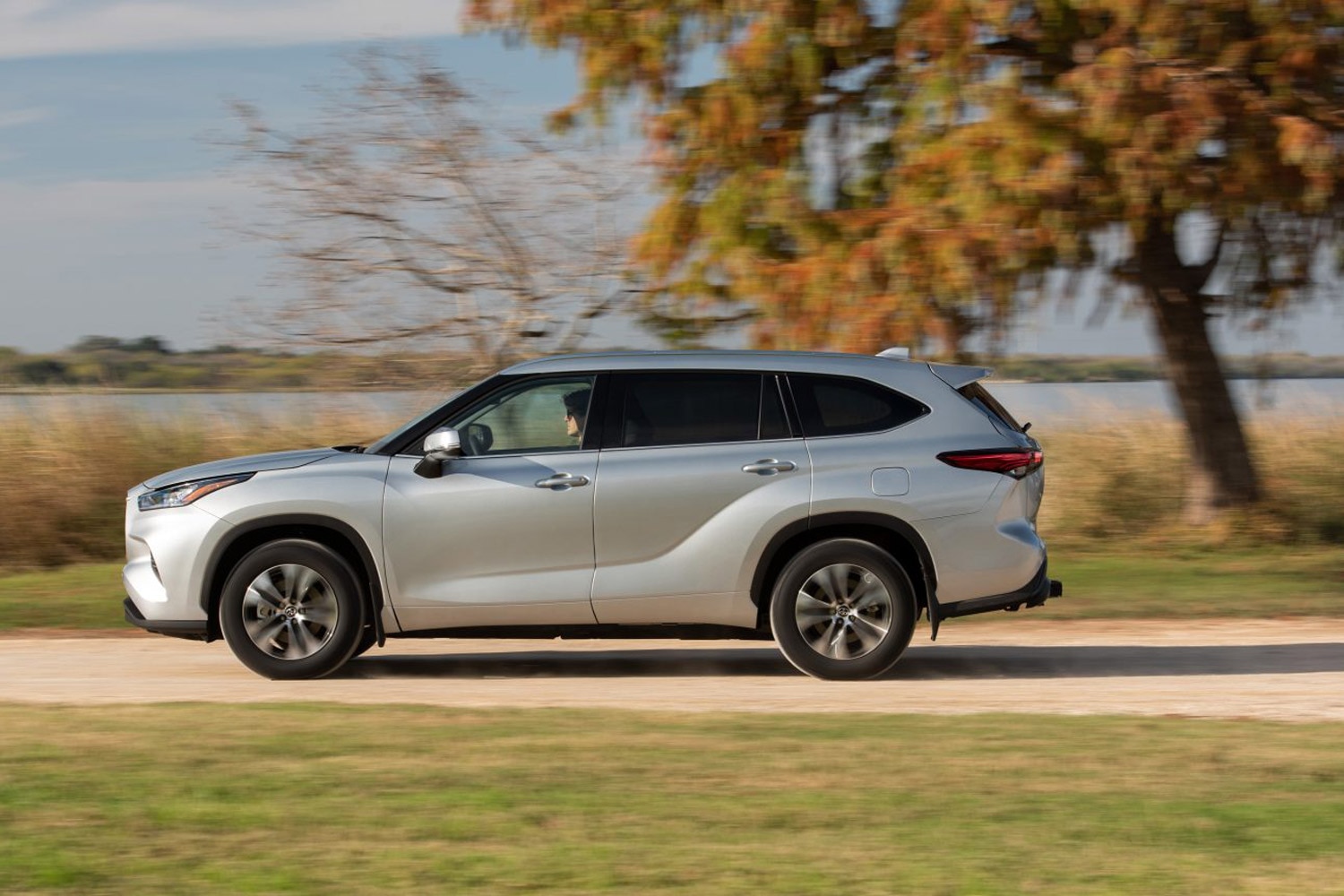 Toyota | Highlander
Toyota | Highlander
The Highlander with the entry V6 and front-wheel drive boasts a 24-mpg combined rating, while the hybrid model delivers 36 mpg. All-wheel drive knocks both numbers down by 1.



